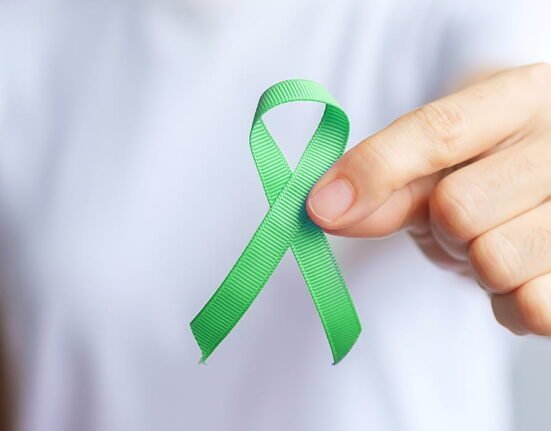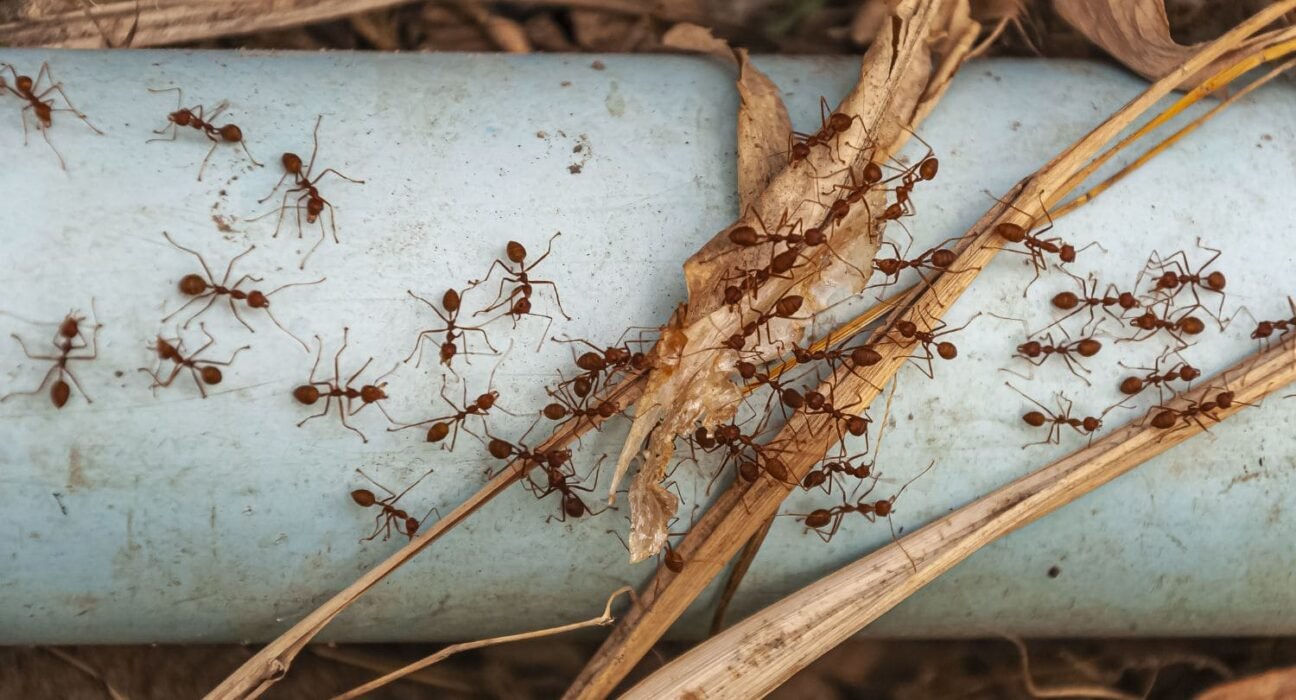Termites are tiny insects, but their presence has enormous consequences. While most people think termites are nuisances for damaging homes, they can also indirectly affect community health. Thankfully, learning about the consequences lets us act smarter to overcome them together, so here’s an overview of how these unseen invaders shape public well-being.
How Termites Compromise Structural Safety in Communities
Termites silently weaken wooden structures, creating risks for homes, schools, and public buildings. Over time, their activity can lead to sagging floors or even collapsed roofs. In extreme cases, compromised infrastructure poses dangers during emergencies like earthquakes or storms. Regular inspections help catch infestations early, reducing the need for costly repairs. Left unchecked, though, these insects force extensive restorations while endangering lives. Communities must prioritise professional termite removal, such as services provided by Anticimex Carolinas, to restore safe living environments. Addressing these issues promptly protects everyone’s safety and minimises disruptions caused by damaged facilities.
Termite Infestations Leading to Allergies and Respiratory Issues
Termites are increasingly common, with 28 invasive species reported. Their nests release fine particles and debris, which mix with indoor air. This can irritate allergies or worsen asthma symptoms, especially for children and the elderly. Additionally, termite droppings may encourage mold growth in damp spaces they infest. Mold spores are a known trigger for respiratory problems, complicating health further. Proper ventilation and swift pest control prevent these hazards from escalating into chronic issues for families. Addressing infestations early reduces allergen exposure while improving overall air quality in homes and community buildings alike.
Impact of Chemical Treatments on Public Health During Eradication Efforts
Pest control treatments often rely on strong chemicals to eliminate termites. While effective, improper application risks exposure to harmful substances. Fumes from pesticides can linger indoors, affecting those with sensitive lungs or preexisting health issues. Safe eradication practices are crucial for minimising these impacts. Professionals should prioritise eco-friendly options or apply targeted treatments that avoid unnecessary chemical use in living spaces. Clear communication with residents ensures proper precautions during the process, like temporary evacuation if needed. Responsible termite removal protects structures and also safeguards community health during and after the treatment process.
Connection Between Termites and Mould Growth in Buildings
Termite activity often leads to moisture buildup inside walls or floors. This damp environment becomes a breeding ground for mould, which thrives alongside infestations. Mould spores can spread rapidly, damaging materials, settling on windows, and impacting air quality. Exposure to mould poses health risks such as respiratory irritation or infections, particularly for vulnerable individuals. The combination of termites and unchecked mould worsens living conditions significantly over time. Regular maintenance prevents these issues by identifying termite-related water damage early on. Fixing leaks, improving ventilation, and addressing infestations promptly keeps buildings healthier while reducing the long-term consequences of structural decay and mould growth.
The Last Word
As you can see, termites can negatively influence community health through structural hazards, allergens, and mold. Their presence creates risks many overlook. Proactive management is essential to protecting buildings and well-being. Early intervention prevents infestations from spiraling into larger problems, ensuring safe environments for everyone impacted in shared spaces or homes.













Leave feedback about this